“New Topographics: Photographs of a Man-Altered Landscape” was an exhibition that epitomized a key moment in American landscape photography. The term “New Topographics” was coined by William Jenkins in 1975 to describe a group of American photographers (such as Robert Adams and Lewis Baltz) whose pictures had a similar banal aesthetic, in that they were formal, mostly black and white prints of the urban landscape.
Many popular photographers that were linked to New Topographic were inspired by the man-made, selecting subject matter that was matter-of-fact. Parking lots, suburban housing and warehouses were all depicted with a beautiful stark austerity, almost in the way early photographers documented the natural landscape.
These photographers began to move away from traditional landscape photographs of natural views and started photographing what replaced them, unromanticised views of stark industrial landscapes, suburban sprawl, and everyday scenes which are not usually given a second glance.
Joel Sternfeld
Joel Sternfeld is an American fine-art colour photographer. He is known for his large-format documentary pictures of the United States and helping establish colour photography as a respected artistic medium. Sternfeld began taking colour photographs in 1970 after learning the colour theory of Johannes Itten and Josef Albers. Colour is an important element of his photographs. Joel Sternfeld produced many books but one of his most popular being American Prospects.
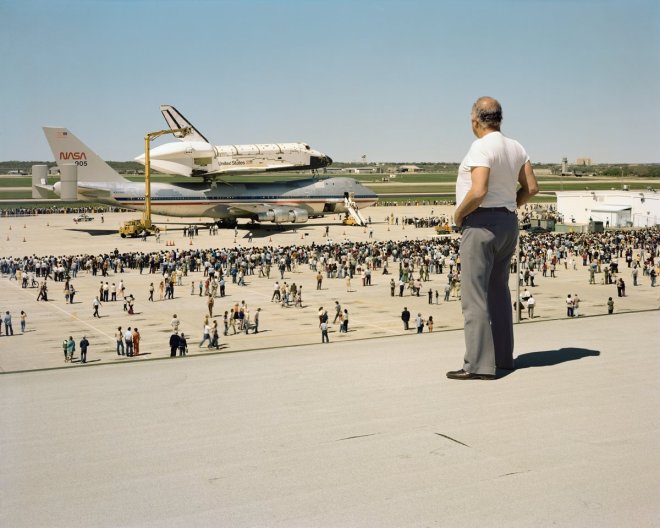
Space Shuttle Columbia, Texas,
1979–2008
Looking East on 30th Street on a Late September Morning,
2000
Glen Canyon Dam, Page, Arizona, 1983 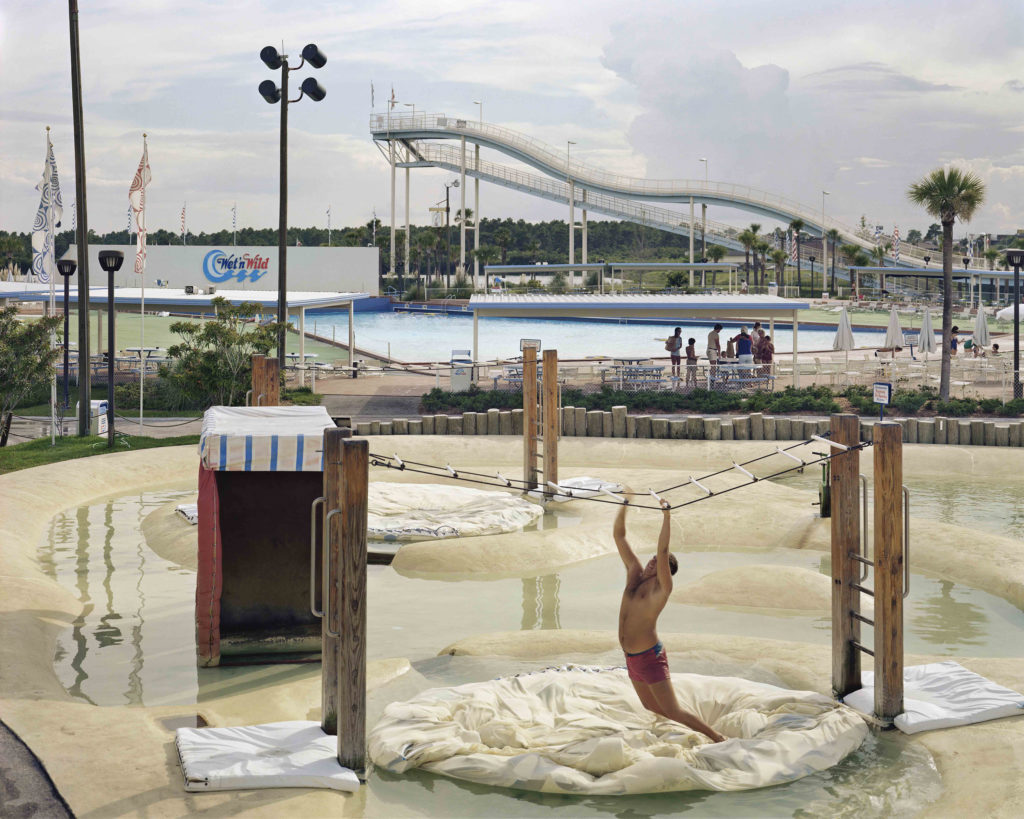
Jungle Gym, Wet ‘N’ Wild Aquatic Theme Park, Orlando, Florida, September 1980, 
Lake Oswego, Oregon June 1979 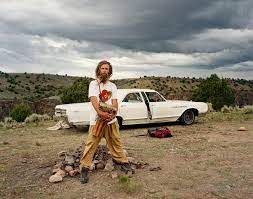
A Man at His Campsite, El Prado, New Mexico, August 1999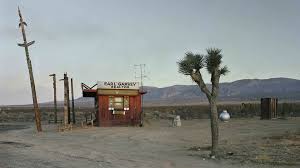
The Mojave Desert, California, July 1979 
Wet ‘N’ Wild Aquatic Theme Park, Orlando, Florida, September 1980
American Prospects (1987) is Sternfeld’s most known book and explores the irony of human-altered landscapes in the United States. To make the book, Sternfeld photographed ordinary things, including unsuccessful towns and barren-looking landscapes. Sternfelds work looks more into utopic and dystopic possibilities of the American experience which is mainly shown through his pieces in this book. Walker Evans was a big role model for Sternfeld and much like Evans he continued working in the tradition of American naturalist colour photography. Seen through his lens, the late-1970s’ America oscillates between artificial, nostalgic paradises and crude reality.
“I picked this title because the word ‘prospect’ has several meanings in English: first, it means ‘view.’ In New England, when a new farm is being built, care is taken to give the farmer’s wife a nice view from the kitchen window (nice for the women, right?). ‘Prospect’ also means ‘seen from above, perspective,’ which goes well with my working method. But it also signifies possibility, hope, future, like when you prospect for gold, you hope to find something…,” Stated Sternfeld
What was the new topographics a reaction to?
Their stark, beautifully printed images of this mundane but oddly fascinating topography was both a reflection of the increasingly suburbanised world around them, and a reaction to the tyranny of idealised landscape photography that elevated the natural and the elemental.

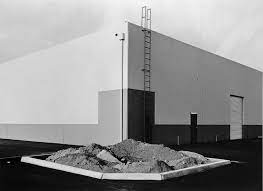


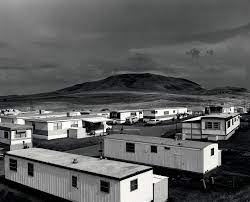


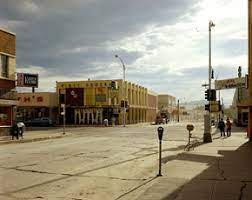

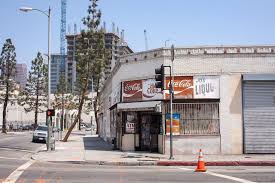



Once you have completed your photo walk from Havre Des Pas to La Collette you should aim to make comparisons with photographers and their work
Your image selection and editing may be guided by this work…and you must show that you can make creative connections.
Albert Renger Patszch and The New Objectivity
https://www.atlasofplaces.com/photography/new-objectivity/
Keld Helmer Petersen
https://www.keldhelmerpetersen.com/1950-1959